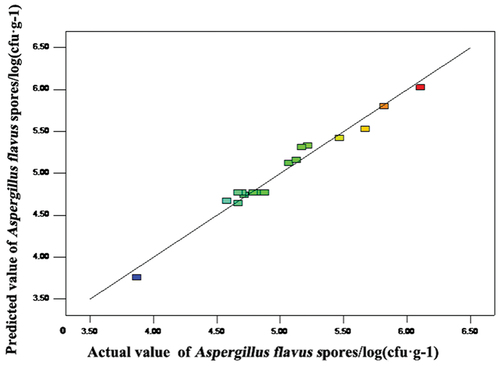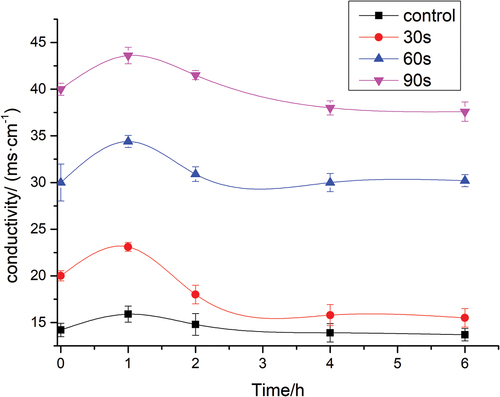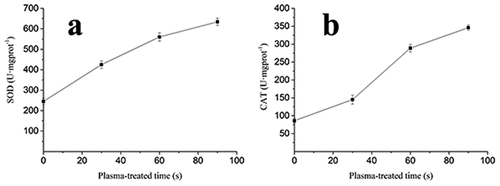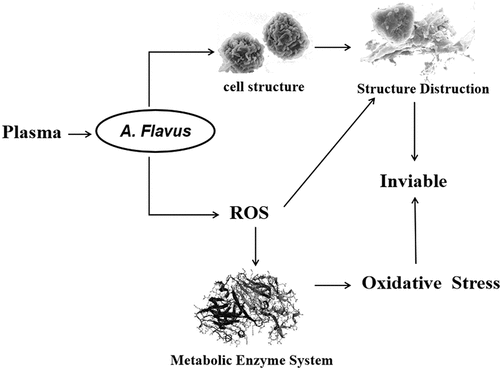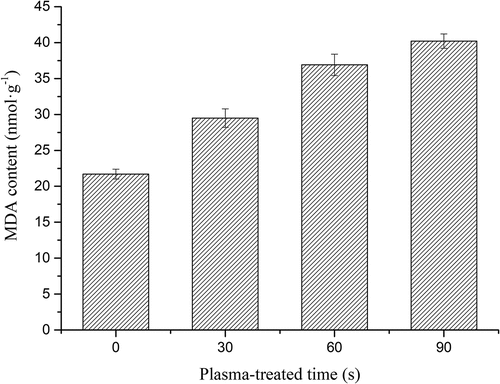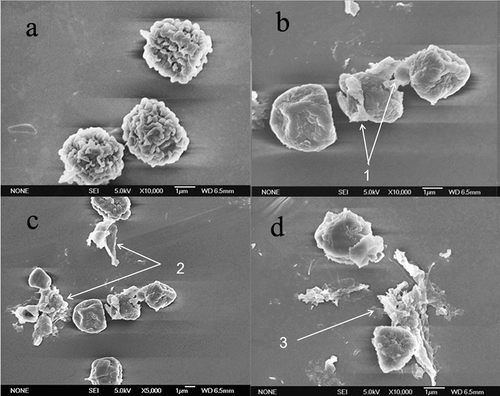Figures & data
Figure 1. Schematic diagram of the experimental low-temperature plasma generator.
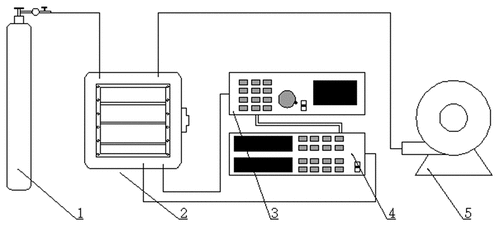
Figure 2. Schematic diagram of the vacuum chamber.
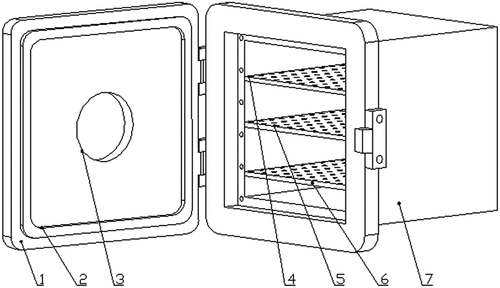
Table 1. Levels of independent variables chosen for the experimental design.
Table 2. Box–Behnken design: effects of process variables on decontamination effect parameters.
Table 3. Results obtained in the assays for validation of the conditions optimized for low-temperature plasma decontamination of corn kernels.

